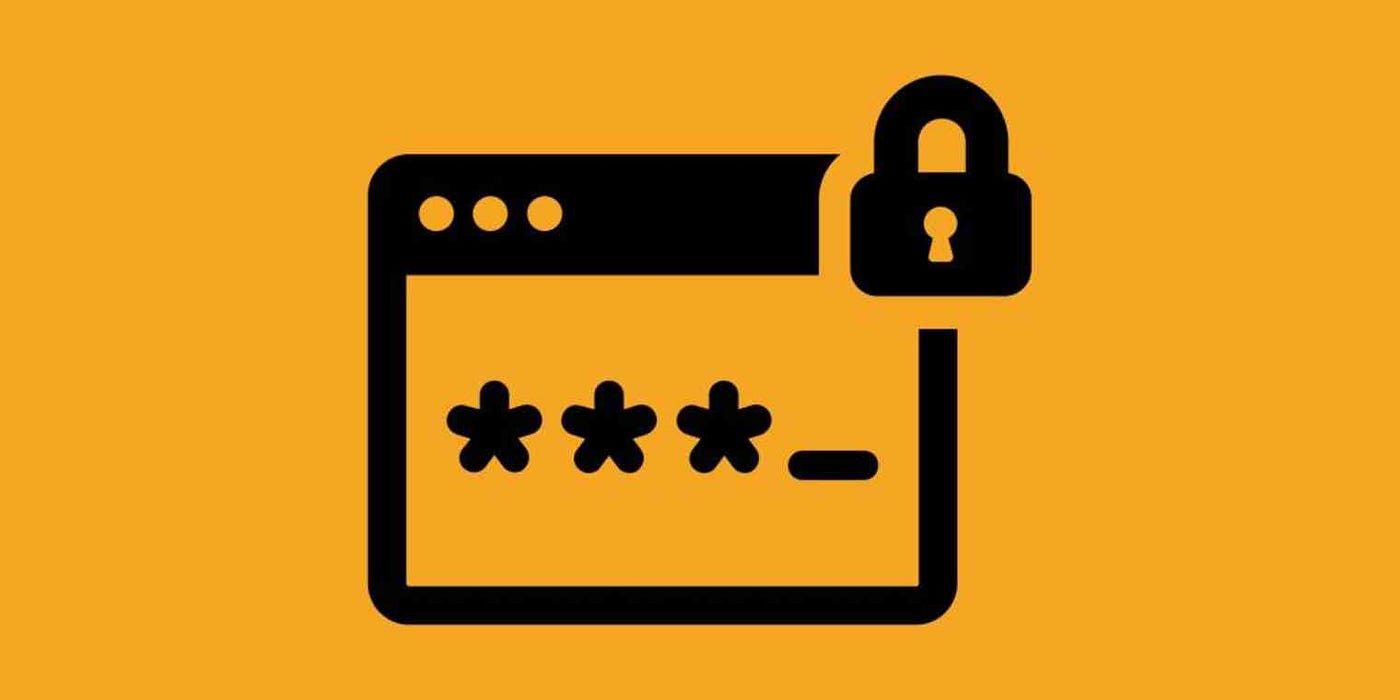
Understanding Argon2id: A Guide for Developers
In today’s digital age, password security is paramount. Argon2id, a modern password hashing algorithm, offers robust protection against various cyber threats. This guide will delve deeper into Argon2id, providing examples, sample code, use cases, and additional information tailored for developers.
What is Argon2id?
Argon2id is a hybrid version of the Argon2 password hashing algorithm. It combines features from both Argon2i and Argon2d, ensuring resistance against side-channel and time-memory trade-off (TMTO) attacks.
Why Password Hashing?
Hashing passwords ensures that even if a database breach occurs, the actual passwords remain concealed. Instead, attackers see a hash, which is computationally challenging to reverse-engineer.
Argon2id in Depth
Argon2, from which Argon2id is derived, emerged as the winner of the Password Hashing Competition in 2015. It has three main variants:
- Argon2d
- Argon2i
- Argon2id (a combination of the two)
Benefits of Argon2id
- Versatility: Suitable for various applications.
- Security: Robust protection against multiple attack types.
- Customizability: Adjustable parameters for tailored security.
Sample Code
Here’s a simple implementation using the argon2 library in Python:
import argon2
# Initialize the password hasher
password_hasher = argon2.PasswordHasher(
time_cost=16, memory_cost=65536, parallelism=2, hash_len=32, salt_len=16
)
# Hash a password
password = "secure_password123"
hashed_password = password_hasher.hash(password)
# Verify a password
try:
password_hasher.verify(hashed_password, "wrong_password")
except argon2.exceptions.VerifyMismatchError:
print("Password is incorrect!")
Use Cases
- Web Applications: Securely store user passwords in databases.
- Cryptocurrencies: Argon2id is used in some cryptocurrencies for proof-of-work algorithms.
- File Encryption: Protect files by using Argon2id-derived keys.
Additional Information for Developers
- Parameter Tuning: The security of Argon2id depends on correctly setting parameters like memory cost, time cost, and parallelism. It’s essential to balance security needs with system performance.
- Salting: Always use a unique salt for each password. This prevents pre-computed attacks, such as rainbow tables.
- Library Support: Argon2id is supported in many programming languages, including Python, JavaScript, Go, and Rust. Ensure you’re using a well-maintained library and keep it updated.
- Beware of DoS Attacks: Since Argon2id is computationally intensive, it can be a vector for denial-of-service attacks. Implement rate-limiting or CAPTCHAs to mitigate this risk.
Conclusion
Argon2id stands as a testament to the advancements in password security. With its versatility and robustness, it’s an excellent choice for developers looking to bolster their applications’ security. As always, stay updated, and ensure you’re following best practices when implementing any cryptographic solution.



